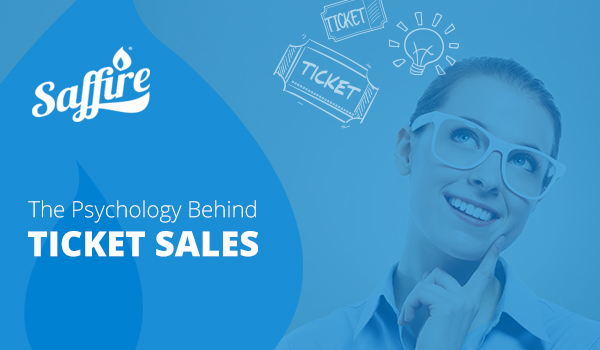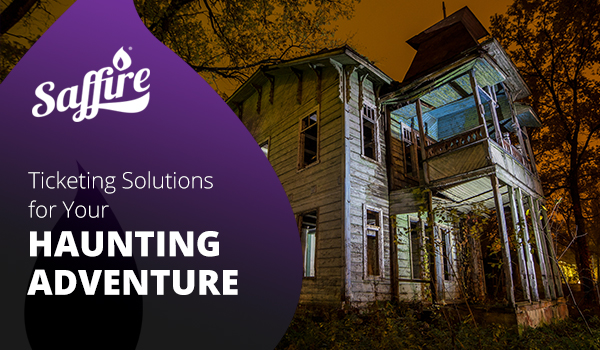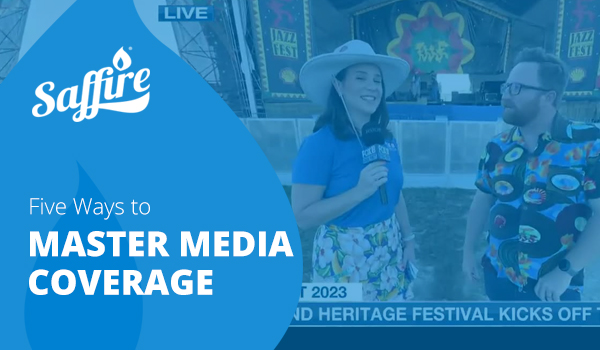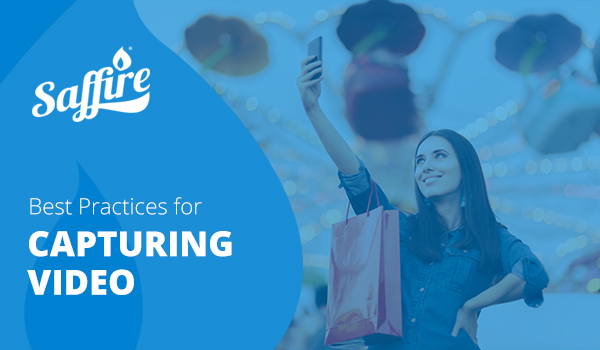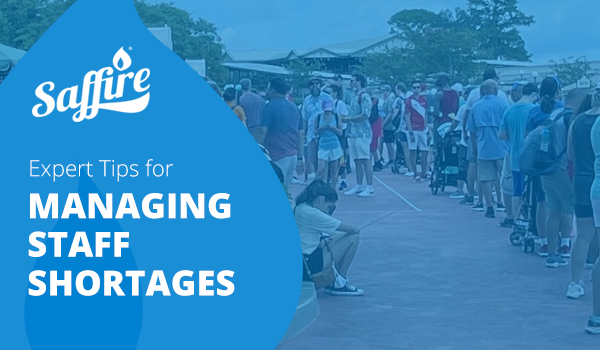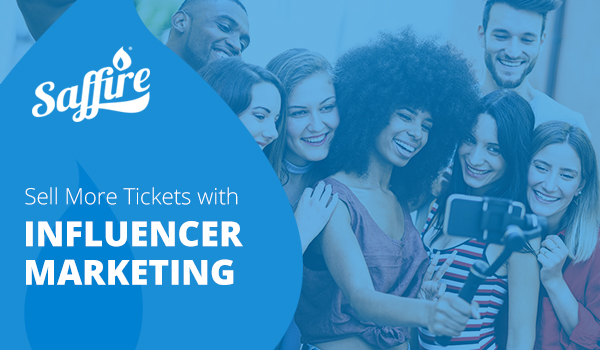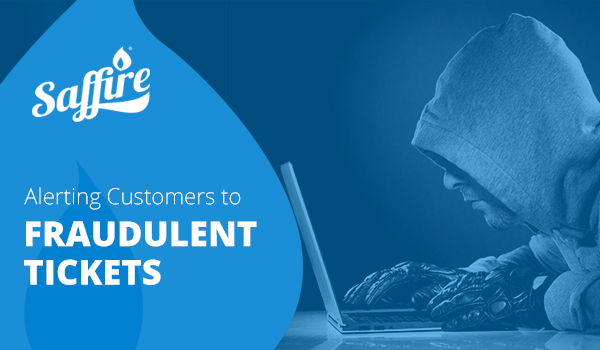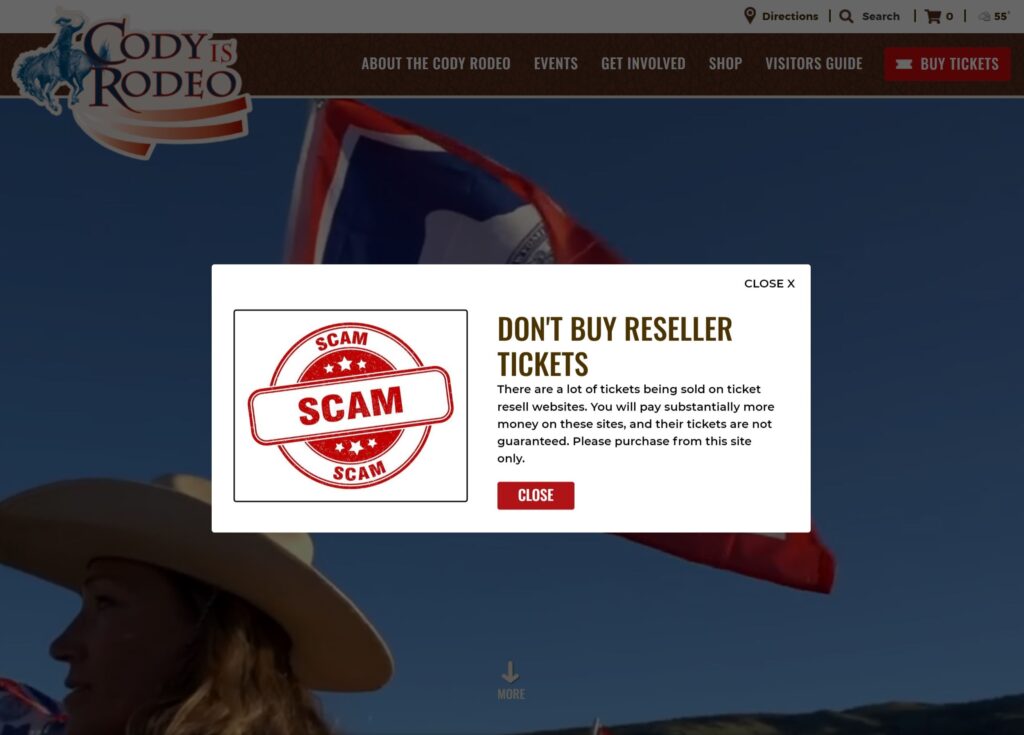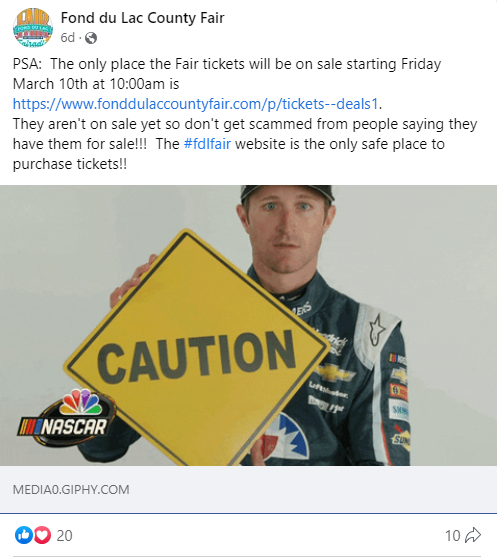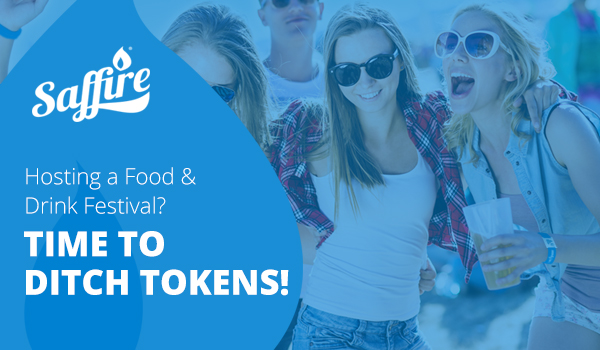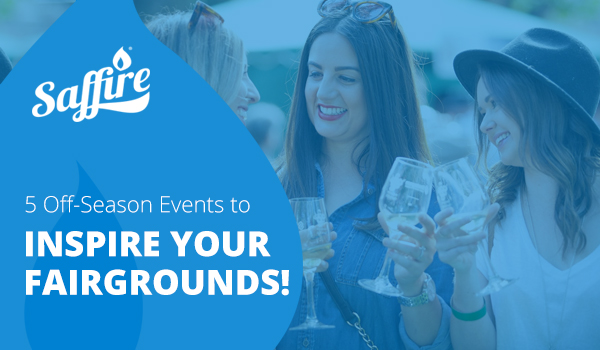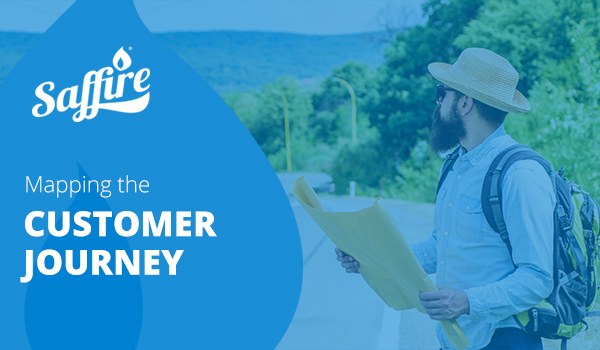Ever wondered why certain events sell out within minutes while others struggle to fill seats? Or what drives people to pay top dollar for a premium experience? We’re diving into the psychology that goes into making a purchase and exploring consumer behavior because understanding these nuances can be the game-changer in event success.
Selling the Experience
There are various factors that have the power to influence a customer’s purchase decisions:
- FOMO: Even if you’ve never heard of it, you have most likely experienced it! As an abbreviation for “fear of missing out,” FOMO is that worried or anxious feeling in your gut when you may miss exciting events, or see pictures on your social media of friends having fun at an event without you. Folks don’t like the idea of not being a part of something, and you can use this to your advantage. Combine this with the principle of scarcity and you’ll be selling tickets in no time. Using phrases like “limited tickets available” and offering limited time deals are both great ways to create that sense of urgency that can lead to impulse buying.
- Emotional Connection and Nostalgia: Whether it’s a county fair that has been held over over 100 years or a festival celebrating local culture, there are events that are a little extra special to us, and most of the time as consumers we are willing to pay more for that experience. Remind buyers that for a ticket to your event, they can relive fond memories and create new ones with their own family.
- Pricing and perceived value: Let’s talk about the psychology of pricing! The initial price you set for a single ticket, known as the “anchor,” will typically have a higher-than-normal anchor price (think of the original prices set at stores like Kohl’s). Then by offering discounts, promotions or bundled packages, customers get the feeling of bagging a great deal. Another factor is in the perceived value of the ticket. Create and market your event in such a way that buyers have the belief that the ticket’s value exceeds its cost, it can heavily influence whether or not a purchase is made.
Online Ticketing – Convenience & Psychology
Gone are the days of standing in long queues or making phone calls to secure your tickets. The shift to an online-buying experience has fundamentally altered consumer behavior, changing how we market tickets too!
User Experience and Decision Making
The purchase of tickets now entails more than simply choosing an event to attend. Factors such as ease of access, seamless navigation, security, and trust play pivotal roles in influencing consumer decisions. The interface design, the reassurance of secure transactions, and the ease of the checkout process all shape the psychology behind a successful ticket purchase.
Integrated ticketing systems have emerged as game-changers in this scenario. They redefine the entire process, not just by streamlining ticket sales and distribution but also by harnessing data for personalization.
The integration of such systems deeply impacts consumer psychology in multifaceted ways. Trust and reliability are fostered through seamless transactions and secure platforms. The sheer convenience and efficiency elevate the overall ticket-buying experience, contributing significantly to building customer loyalty.
Understanding and Exploring Integrated Ticketing
Having an understanding of consumer psychology within the realm of ticket sales is paramount. It’s not just about selling tickets; it’s about comprehending the nuances of consumer behavior and leveraging that understanding to enhance the entire process.
Consider exploring the benefits of what different ticketing platforms have to offer, such as security and support. If you want to see firsthand what an integrated platform can do for an event like yours, sign up for a demo with Saffire!
